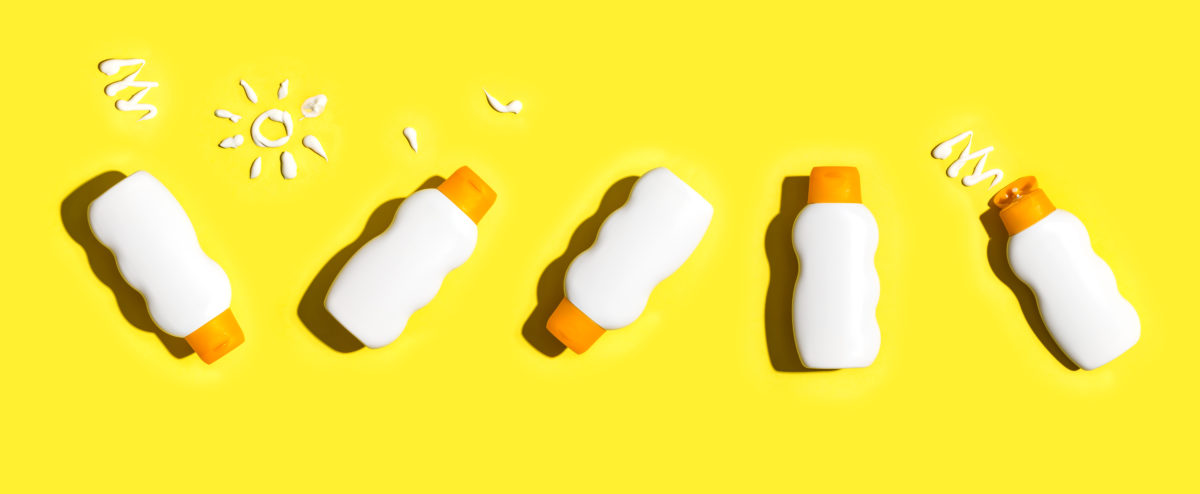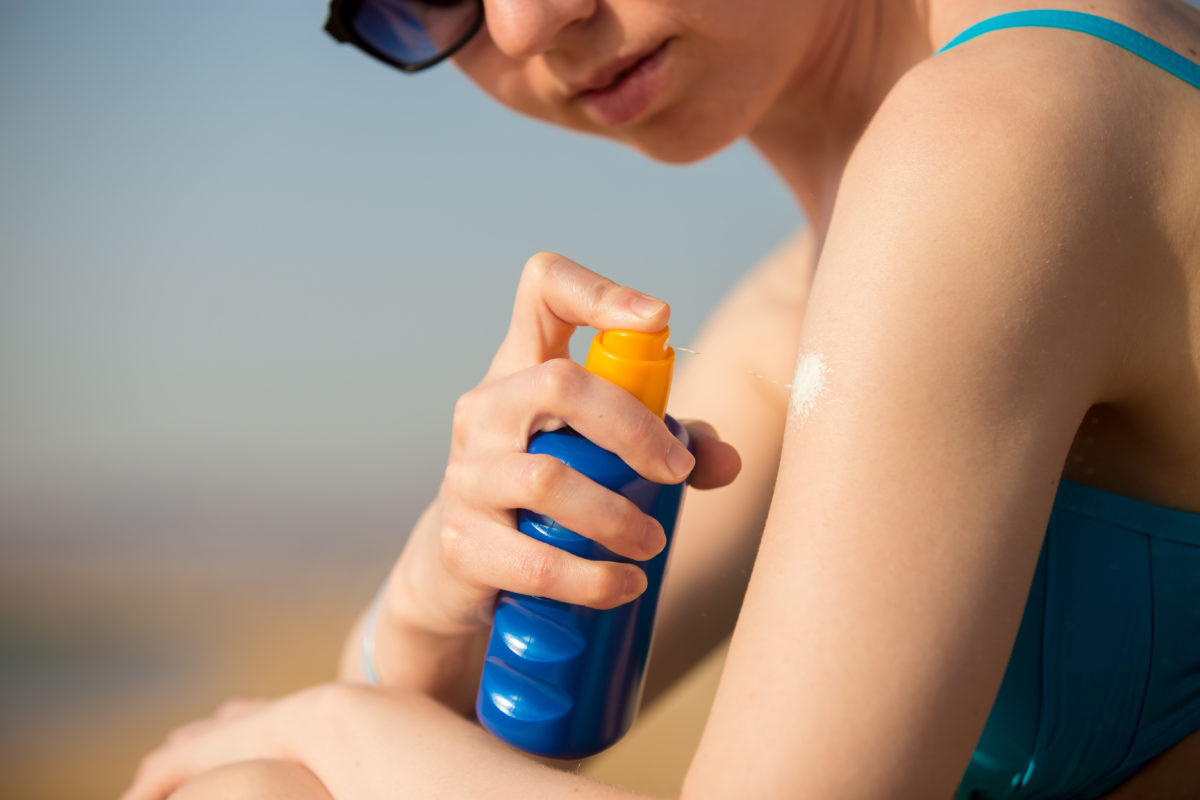1) ONE MORE TIME PLEASE – WHAT DOES SPF MEAN?
SPF stands for Sun Protection Factor. It is actually a measure of UVB protection.
To determine this, scientists mimic high noon sun indoors and expose people with sunblock and without sunblock and compare how long it takes both groups to get reddened skin! SPF has to do with how long you can be exposed to the sun’s UVB rays before getting burnt. So, an SPF 15 sunscreen will delay the onset of sunburn in a person who would otherwise burn in 10 minutes to burn in 150 minutes. SPF 30 will delay that time to sunburn to 300 minutes.
Keep in mind that past SPF 50 there is not added benefit – there is actually only a 2% difference in UVB protection when you go from SPF 30 to SPF 45. I don’t bothering buying SPF greater than 45 for this reason.
What about UVA rays? UVA rays are those pesky rays that age us– wrinkles, collagen breakdown, etc. We actually have no uniform way to measure or predict how a product protects against UVA rays. Look for broad spectrum sunscreens that protect against UVA and UVB radiation, but remember that the SPF does not predict UVA protection.
(And YES there are UVC rays – very strong and dangerous – but the Ozone layer absorbs these so they typically don’t reach us – another reason to care about the Ozone layer people!)
2) HOW MUCH SHOULD I APPLY WITH EACH USE?
A lot of us over do our sunscreen. We end up going through a LOT of product quicker and we are not even protecting ourselves any better with the extra amount we use! A good rule of thumb is to use 1 ounce (a shot glass full) to cover all of our exposed body parts. Think about that – it’s not a lot! And I’m sure it’s way less than most people are using.
Remember that sunscreen needs to be reapplied every two hours, or more frequently after swimming or perspiring a lot or toweling off.
3) WHAT ARE THE BEST INGREDIENTS I SHOULD BE LOOKING FOR?
The biggest choice we have now in sunscreens is CHEMICAL vs MINERAL. Titanium Dioxide and Zinc Oxide are MINERAL ingredients you should look for in high percentages. They physically block UVA and UVB rays. I particular like them for kids because they aren’t chemicals, but naturally occurring minerals.
PABA is a naturally occurring amino acid that is generally considered safe as a topical sunscreen, and is even present in certain foods and vitamins (like folic acid). I’m less concerned about sunscreens with PABA than I am with several chemicals used out there.
Common chemical sunscreen ingredients include Oxybenzone and Octinoxate. They have higher rates of causing skin allergies, and their effects on hormones and our reproductive system are questionable. I think we need more and better studies on these ingredients.
With that said, I truly believe that for adults and the general population, chemical sunscreens are as safe as mineral based ones. Far worse is to not wear sunscreen at all! I do look for mineral based sunscreens for my kids. I love Alba Botanica and the Honest Company’s kids sunscreens because they are mineral based as well as not goopy.
Inexpensive brands can be just as good as high end brands! My favorite is Walmart’s Equate (politics of Walmart aside). It is a great product that protects for a price you just can’t beat. On the other hand, my face is super sensitive to many products and to the sun. So I am willing ot pay for La-Roche Posay’s Anthelios face sunscreen because I love the feel and how it works and I never step outside without it!
I also look for antioxidants in sunscreens. The main concern with chemical UV filters is that they cause free-radical damage. Antioxidants in the mix certainly can’t hurt. No one likes a goopy, sticky sunscreen. So pick a brand you like, that goes on with a feel you like, and you’ll be more likely to use it.
4) TO SPRAY OR NOT TO SPRAY
It’s not news that inhaling aerosolized products can be bad for you health. Titanium dioxide when inhaled is a known carcinogen. The Food and Drug Administration began an analysis in 2011 on the potential risks of spray sunscreens and its official results are pending.
My advice is that spray products should generally not be used by or on children. It’s as simple as that. Which doesn’t mean it’s safe for adults either. Adults are just better able to spray, hold their breath, and run away to breathe – kids not so much!
The flammability of spray sunscreens is another thing to be cautious of – please don’t spray anyone near a grill or open flame!
And never spray your face – spray it in your hand and then rub in.
5) MY FAVORITE SUNSCREEN EXPIRED A FEW MONTHS AGO BUT THERE’S SO MUCH LEFT! CAN I STILL USE IT???
Most sunscreens have an expiration date of about 3 years from production. What this means is each day past its expiration date it is losing effectiveness. It is also degrading in texture and consistency so you may notice it doesn’t apply so well after a while.
Common sense is key here! If it’s only a month or two after expiration, and I know it has been stored properly, I will still use it but just apply more frequently.
How you store your product has a lot to do with its stability. A cool place is best for sunscreen. That means that each time you leave the bottle out poolside baking in the sun, it’s degrading faster.
Now go out and enjoy the warm weather and sun safely!
 English
English French
French German
German


